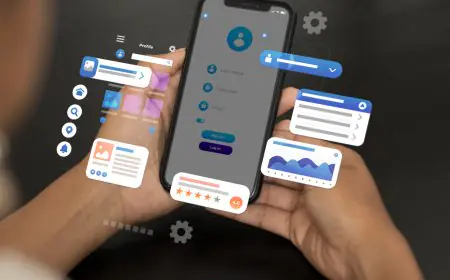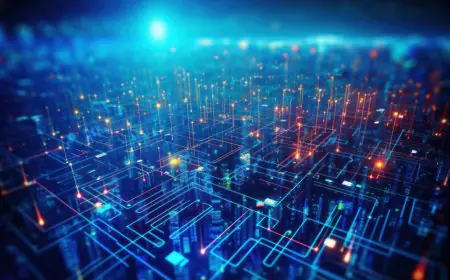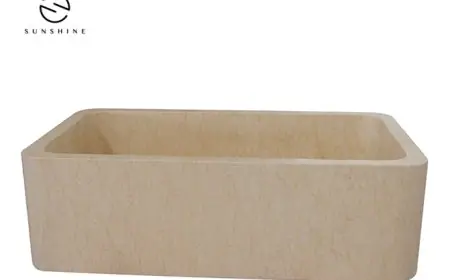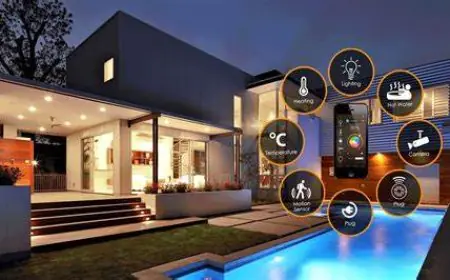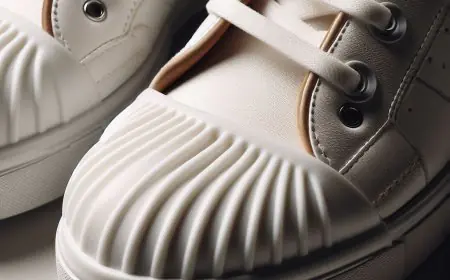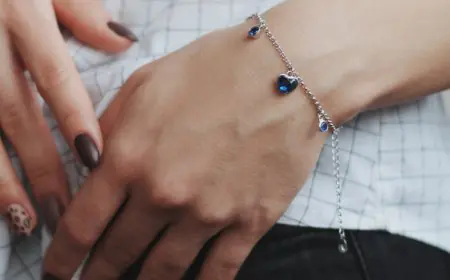Exploring 3 Different Types of PCBs Based on Material
In this article, we will delve into three distinct types of PCBs based on the materials they are constructed from: Ceramic PCBs, Glass PCBs, and Rigid-Flex PCBs.

Printed Circuit Boards (PCBs) are the fundamental building blocks of modern electronic devices. They serve as the backbone that connects and supports electronic components, enabling the flow of electrical signals and data within a device. PCBs come in various types and materials, each designed for specific applications. In this article, we will delve into three distinct types of PCBs based on the materials they are constructed from Ceramic PCBs, Glass PCBs, and Rigid-Flex PCBs.
Ceramic PCBs
Ceramic PCBs, also known as Ceramic Printed Circuit Boards or PCBs, are a specialized type of PCB that utilizes ceramic materials as the substrate. These materials include alumina (Al2O3) and aluminum nitride (AlN), among others. Ceramic PCBs offer unique advantages, making them suitable for specific applications where traditional FR-4 or other materials fall short.
Key Characteristics and Advantages of Ceramic PCBs:
a. Excellent Thermal Conductivity: One of the standout features of ceramic PCBs is their exceptional thermal conductivity. Ceramic materials dissipate heat efficiently, making them ideal for high-power applications. This property prevents overheating and ensures the reliability of electronic devices in demanding conditions.
b. High Mechanical Strength: Ceramic PCBs exhibit remarkable mechanical strength and rigidity. They can withstand mechanical stresses and vibrations better than many other PCB materials, making them suitable for applications in harsh environments.
c. Chemical and Corrosion Resistance: Ceramic materials are highly resistant to chemicals and corrosion, which is crucial in applications exposed to aggressive chemicals or extreme conditions.
d. Low Dielectric Loss: Ceramic substrates have low dielectric loss, which means they minimize signal loss and distortion, making them suitable for high-frequency applications.
e. Excellent Electrical Insulation: Ceramic PCBs provide excellent electrical insulation properties, reducing the risk of short circuits and ensuring the integrity of the electronic circuitry.
Applications of Ceramic PCBs:
-
LED Lighting: Ceramic PCBs are commonly used in high-power LED lighting applications due to their ability to efficiently dissipate heat, ensuring prolonged LED lifespan and consistent performance.
-
Power Electronics: In power electronics, where high-power components generate significant heat, ceramic PCBs help manage heat effectively and maintain the reliability of the circuitry.
-
RF/Microwave Devices: The low dielectric loss of ceramic PCBs makes them suitable for RF and microwave applications, where signal integrity is critical.
-
Aerospace and Defense: Ceramic PCBs are used in aerospace and defense applications, where they can withstand extreme temperatures, mechanical stresses, and corrosive environments.
Glass PCBs
Glass PCBs, also known as Glass Printed Circuit Boards or GPCBs, are another specialized type of PCB that utilizes glass materials as the substrate. These materials typically include glass fibers and epoxy resins. Glass PCBs offer unique advantages, especially in applications where electrical insulation and dimensional stability are paramount.
Key Characteristics and Advantages of Glass PCBs:
a. Excellent Electrical Insulation: Glass PCBs provide outstanding electrical insulation properties, reducing the risk of electrical shorts and enhancing the safety of electronic devices.
b. Dimensional Stability: Glass PCBs maintain their dimensional stability, even in extreme temperature variations. This property is crucial in applications where components must remain precisely aligned.
c. Low Water Absorption: Glass PCBs have low water absorption rates, making them suitable for applications in high-humidity environments.
d. Chemical Resistance: They exhibit good resistance to various chemicals, further extending their utility in diverse applications.
e. Cost-Effective: Glass PCBs are often more cost-effective than ceramic or other specialized substrates, making them a practical choice for certain applications.
Applications of Glass PCBs:
-
Consumer Electronics: Glass PCBs are used in various consumer electronic devices, such as smartphones and tablets, where their electrical insulation properties and cost-effectiveness are advantageous.
-
Medical Devices: Glass PCBs find applications in medical devices that require precise dimensional stability and reliability.
-
Automotive Electronics: Glass PCB is employed in automotive electronics, particularly in systems that need to withstand temperature fluctuations and provide excellent electrical insulation.
-
Industrial Control Systems: In industrial control systems, where environmental factors can vary widely, glass PCBs offer reliability and stability.
Rigid-Flex PCBs
Rigid-Flex PCBs represent a hybrid construction, combining elements of both rigid and flexible PCBs. They consist of multiple rigid and flexible layers interconnected in a single board. The rigid portions provide support and house components, while the flexible sections allow the PCB to bend or fold as needed. These boards are known for their versatility and are used in applications demanding a combination of flexibility and structural integrity.
Key Characteristics and Advantages of Rigid-Flex PCBs:
a. Space-Efficient Design: Rigid-flex PCBs allow for complex three-dimensional designs, making them ideal for applications with limited space, such as smartphones and wearables.
b. Weight Reduction: By eliminating the need for connectors and additional wiring, rigid-flex PCBs can reduce the overall weight of electronic devices.
c. Enhanced Reliability: Fewer connectors mean fewer potential points of failure, enhancing the reliability of the PCB and the device as a whole.
d. Improved Signal Integrity: Rigid-flex PCBs can minimize signal loss and electromagnetic interference, making them suitable for high-speed and high-frequency applications.
e. Customizable Design: Rigid-flex PCBs can be tailored to fit specific form factors and functional requirements, offering design flexibility.
Applications of Rigid-Flex PCBs:
-
Wearable Devices: Rigid-flex PCBs are extensively used in wearable devices like smartwatches and fitness trackers, where the flexible nature of the PCB allows for comfortable and ergonomic designs.
-
Aerospace: In aerospace applications, where space is at a premium and reliability is critical, rigid-flex PCBs are used in control systems and communication equipment.
-
Medical Devices: Medical devices, such as pacemakers and medical imaging equipment, benefit from the flexibility and compactness of rigid-flex PCBs.
-
Automotive Electronics: Rigid-flex PCBs are employed in automotive applications, including airbag systems and infotainment systems, to optimize space and reliability.
Conclusion
Printed Circuit Boards come in various types and materials to cater to the diverse needs of modern electronic devices. Ceramic PCBs, with their exceptional thermal conductivity and mechanical strength, are ideal for high-power and rugged applications. Glass PCBs offer excellent electrical insulation and dimensional stability, making them suitable for consumer electronics and medical devices. Rigid-flex PCBs combine the advantages of both rigid and flexible boards, allowing for space-efficient, reliable, and customizable designs in applications ranging from wearables to aerospace.
Understanding the properties and applications of these specialized PCB materials is crucial for engineers and designers to choose the right substrate for their specific electronic devices. As technology continues to evolve, we can expect further innovations in PCB materials and construction methods, expanding the possibilities for electronic design and functionality.
What's Your Reaction?







































